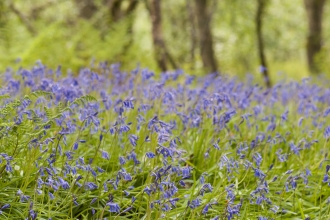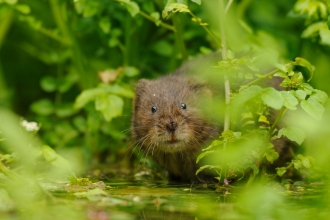These valuable habitats cover 5% of Northamptonshire and 7% of Bedfordshire and 2.8% Cambridgeshire and are a vital part of our countryside.
What are Local Wildlife Sites?
Across our three counties are valuable areas of land for wildlife that have no legal protection but are protected purely through the goodwill of their owners and managers. These Local Wildlife Sites (or County Wildlife Sites) are owned by individuals or organisations including businesses, charities, schools and estates.
These are the most important areas for wildlife outside legally protected sites such as Sites of Special Scientific Interest (SSSI) and National Nature Reserves (NNR). They come in a range of shapes and sizes and include wildflower meadows, ancient woodlands, wetlands, churchyards, old quarries and roadside verges.
A wealth of wildlife depends on these sites, including many rare plants, insects and mammals. These species and habitats flourish because of past and current management.
Why we must protect them
These sites make up the fabric of our countryside and also act as wildlife refuges in towns and cities. Many scarce habitats such as wildflower meadows and wet woodland are largely confined to these sites today, as are the species which depend on them for their survival.
They are of huge importance to threatened wildlife, such as the black hairstreak butterfly, noctule bat and lapwing.
Because nature reserves and legally protected areas may be small and often disconnected, these wildlife sites complement them by providing extra buffers around or corridors between them, building a nature recovery network that allows wildlife to move across our countryside and better survive.
How we help landowners
The Wildlife Trust gives free advice and information to landowners on managing these sites. We also run a monitoring programme that aims to visit each site periodically where possible to find out what wildlife is there.
We can also help landowners with information about sources of grant aid for nature-friendly management.
What can landowners do?
- Contact us If you own one of these sites or think you own a site that might qualify, please contact us for a free survey and management advice. To find out more information about CWS and LWS selection criteria for each county or to contact the right person in the Trust for your area, please visit the relevant county page listed below.
- Look after the site The high wildlife value of these sites is often a direct result of long-term traditional management alongside which native wildlife has flourished. For example coppiced woodlands and traditionally hay-cut meadows provide the ideal conditions for our native wildflowers, birds and insects.
- Apply for funding We recognise the difficulties in managing these sites solely for their wildlife interest. We are able to provide advice and assistance in finding funding to help manage your site. For example the chances of success of agri-environment grant applications are higher if the area has been recognised as a LWS or CWS.
- Find out more about wildlife sites in Bedfordshire
- Find out more about wildlife sites in Cambridgeshire
- Find out more about wildlife sites in Northamptonshire
More information
Knit your own piece of Bedfordshire with Nude Ewe. The wool is 100% pure undyed, unbleached British wool spun from local rare breed sheep. Proceeds from Nude Ewe sales are returned to Bedfordshire flock owners working to keep our countryside beautiful.
In Bedfordshire and Northamptonshire we can also provide advice and support to make churchyards havens for wildlife.
See our county pages
- Bedfordshire (https://www.wildlifebcn.org/about-us/advice-landowners/local-wildlife-sites/bedfordshire)
- Northamptonshire (https://www.wildlifebcn.org/about-us/advice-landowners/local-wildlife-sites/northamptonshire)
- Cambridgeshire (https://www.wildlifebcn.org/about-us/advice-landowners/local-wildlife-sites/cambridgeshire)
Why do Local Wildlife Sites matter?
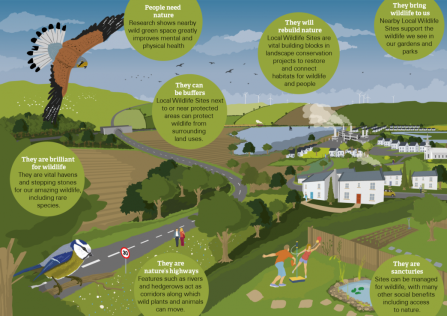
By permission of RSWT
Local Wildlife Sites News and Comment
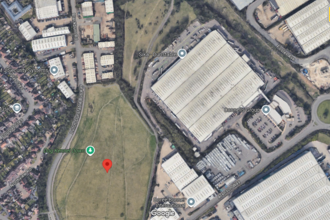
Bedfordshire County Wildlife Site saved from warehouse plan
Part of a Bedfordshire County Wildlife Site is safe after a plan for ten warehouse units was turned down.
New County Wildlife Sites for Bedfordshire
Three new County Wildlife Sites have been designated at Blow's Downs in areas of superb land restoration in a mitigation scheme for…
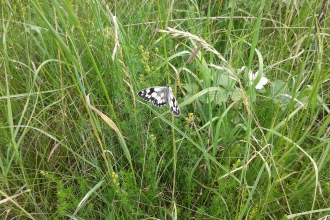
Local Wildlife Sites - some protection reinstated
Thanks to you, the Government has published a revised version of its National Planning Policy Framework which now includes some…
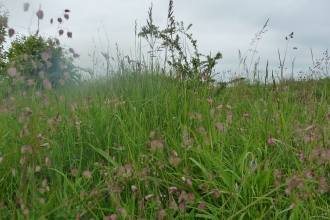
30 Days Wild - Day Thirteen - Find the beauty in brownfields
Post-industrial landscapes rich in wildlife...
Local Wildlife Sites - help needed!
Fundamentally important Local Wildlife Sites need protecting from future development - help stop government proposals to remove their…
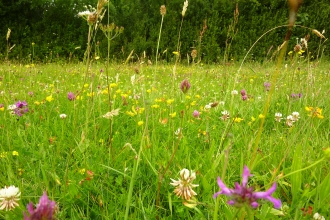
Our 1,648 best kept secrets
We help to look after a staggering number of wildlife sites and one of these secret spaces is almost certainly near you

